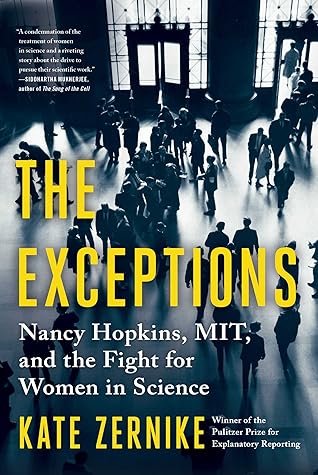More on this book
Community
Kindle Notes & Highlights
by
Kate Zernike
Read between
May 20 - May 29, 2023
Most recently she had developed a widely cited theory of Ideal Mental Health, identifying the five necessary elements as time structure, social contact, collective purpose, social identity, and regular activity.
Erikson supposed an exciting opportunity lay in this: women would ultimately adapt traditionally male jobs to “the potentialities and needs of the feminine psyche.” Such a “revolutionary reappraisal may even lead to the insight that jobs now called masculine force men, too, to inhuman adjustments.” While women could match men’s performance and competence, they would fully succeed when they shaped the workplace to fit their nature: “True equality can only mean the right to be uniquely creative.”
Titled “Equality Between the Sexes: An Immodest Proposal,” it argued for a kind of social androgyny, where work could become more a part of women’s lives and children more a part of men’s, where a girl’s “intellectual aggressiveness” as well as “her brother’s tender sentiments” would be “welcomed and accepted as human characteristics.”
Motherhood, Rossi argued, had become a full-time job for the first time in history, as fewer women worked farms, craft shops, or printing presses alongside their families, and some could afford not to work outside the home. But child-rearing did not last forever, and women were living out the rest of their increasingly long lives “in a perpetual state of intellectual and social impoverishment.”
When a man was confronted about his behavior, Mary noted, he would often say, “I harass everyone.”
Asking women to confront the problem “is also in some cosmic way unjust; to require the victim to begin redress of grievance itself constitutes ‘unequal opportunity.’ ”
She had thought it bizarre. But she had come to agree with his argument that women couldn’t win by trying to jam themselves into a male model of work; true equality required what he had called “revolutionary reassessment.”


